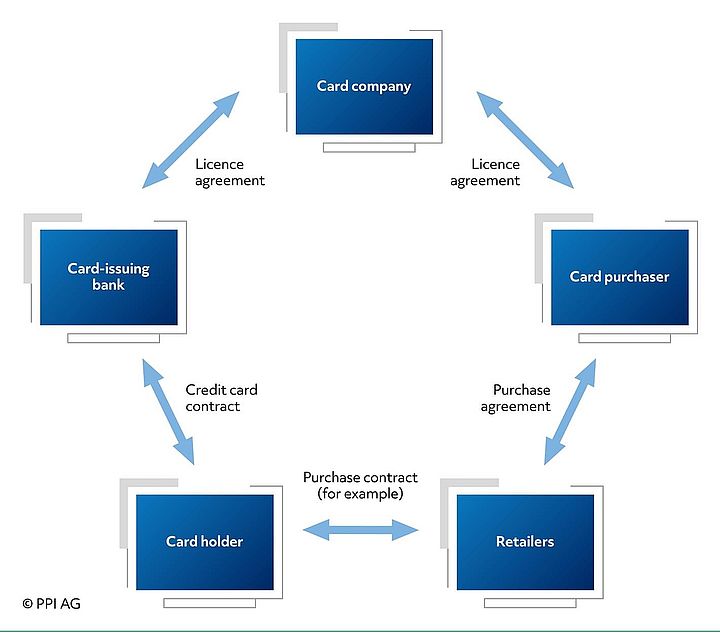Cards have been an elementary part of daily life and payments for years. The number of cards in circulation is growing, as is the number of issuers – from traditional banks and neobanks to crypto providers looking to become an issuing bank.
- Open the searchbox
- Consulting ConsultingConsulting
- Consulting Consulting
- Cross-Border & High-ValueCross-Border & High-Value
- T2 (TARGET2)
- SWIFT gpi
- SWIFT MX
- Global Instant PaymentsGlobal Instant Payments
- Domestic PaymentsDomestic Payments
- Retail PaymentsRetail Payments
- Processes & IT ArchitectureProcesses & IT Architecture
- Regulatory Requirements
- Trends
- Cross-Border & High-Value
- Consulting
- Products ProductsProductsBanking SolutionsInsurance Solutions
- Products Products
- Banking Solutions Banking Solutions
- Insurance Solutions Insurance Solutions
- Products
- Technology & Operations
- About PPI About PPI
- Company Company
- Corporate GroupCorporate Group
- Corporate Social ResponsibilityCorporate Social Responsibility
- Compliance Centre
- Corporate Group
- Touchpoints
- Company
- EN



